
In a world increasingly focused on environmental preservation, educators like us play a pivotal role in inspiring young minds to care for our planet’s most precious resource—the ocean. By weaving engaging, ocean-themed events into the school year, we foster a love for marine environments and teach students why protecting the ocean is vital for life on Earth. Here’s your School’s Guide to Key Ocean Events in 2025 that will help bring marine conservation to life in the classroom.
Download your free Ocean Events 2025 Calendar by clicking the link at the foot.
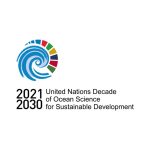 UN Decade of Ocean Science (2021-2030)
UN Decade of Ocean Science (2021-2030)
The United Nations Decade of Ocean Science for Sustainable Development (2021–2030) is a global initiative designed to advance international collaboration in ocean science to address critical environmental challenges and achieve sustainable development goals. This initiative aims to enhance our understanding of the ocean, foster innovation, and build partnerships that contribute to creating sustainable solutions for marine and coastal ecosystems.
Goals of the Decade
The overarching vision of the Decade is to deliver the “science we need for the future we want,” ensuring that oceans remain healthy and resilient for current and future generations. Key objectives include:
- A Clean Ocean: Identifying and significantly reducing sources of pollution.
- A Healthy and Resilient Ocean: Understanding, protecting, and restoring marine ecosystems through sustainable management practices.
By prioritizing scientific research, technological innovation, and global cooperation, this initiative aspires to ensure that oceans can continue to support biodiversity, climate stability, and human livelihoods.
The Decade represents a call to action for researchers, policymakers, educators, and citizens worldwide to work together toward sustainable ocean stewardship.
World Whale Day – 16 February 2025 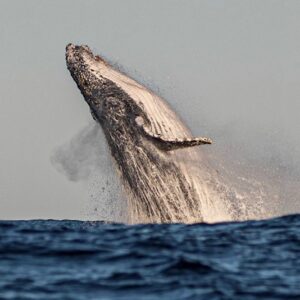
World Whale Day, held annually on the third Sunday of February, celebrates the beauty and importance of whales while raising awareness about the challenges they face. Whales are vital to ocean health, contributing to carbon capture and nutrient recycling.
Activities for Schools:
*Host a whale-themed art or poetry contest.
*Discuss the role of whales in maintaining ocean ecosystems.
*Share resources and whale conservation efforts with students.
Link to Ocean Life Education’s whale resources
Clean Up Australia Day – 2 March 2025 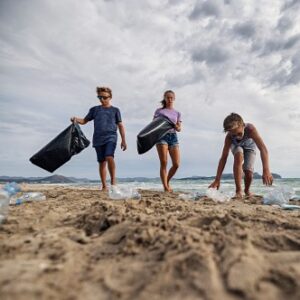
Clean Up Australia Day empowers communities to remove litter from local environments, including beaches and waterways, to protect marine ecosystems.
Activities for Schools:
*Organize a school-wide clean-up day for nearby coastal or river areas.
*Teach students about the journey of marine debris and its impact on wildlife like turtles and seabirds.
*Create posters or social media campaigns to promote reducing waste.
Link to Ocean Life Education’s Human Impact Resources
SeaWeek – 1–9 March 2025
SeaWeek is Australia’s national marine awareness campaign. The 2025 theme centers on Ocean Literacy Principle 4: The ocean makes earth habitable.
This highlights the ocean’s role in regulating the planet’s climate and sustaining life.
Activities for Schools:
*Experiment with how ocean currents affect global weather patterns.
*Discuss how Queensland’s Great Barrier Reef contributes to biodiversity – click here to find out more.
*Partner with local marine organizations such as Coolum Coast Care or Sea Shepherd for workshops or talks.
*2o teaching activities for SeaWeek
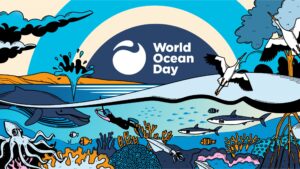 World Ocean Day – 8 June 2025
World Ocean Day – 8 June 2025
The 2025 theme for World Ocean Day is “Reviving Our Ocean: Communities in Action.” This global event emphasizes collective action for sustainable ocean use.
Activities for Schools:
*Create an “ocean action plan” for your school community.
*Incorporate ocean conservation into STEM projects, such as designing reef-safe sunscreen or biodegradable packaging.
*Celebrate with an ocean-themed assembly or showcase.
World Sea Turtle Day – 16 June 2025 
Honoring Dr. Archie Carr, the “father of sea turtle biology,” this day highlights sea turtles’ importance to marine ecosystems.
Activities for Schools:
*Hold a sea turtle trivia quiz.
*Explore the life cycle of turtles and the threats they face from climate change and pollution.
*Encourage students to design turtle-friendly beach signage.
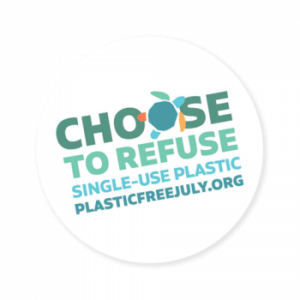 Plastic Free July 2025
Plastic Free July 2025
Plastic Free July challenges individuals and communities to reduce single-use plastics. Schools can play a critical role in raising awareness about plastic pollution.
Activities for Schools:
*Host a week-long challenge to avoid single-use plastics in lunchboxes.
*Run workshops on making reusable beeswax wraps or upcycling projects.
*Audit the school’s plastic usage and brainstorm ways to reduce it.
Ocean Life Education Resources
Shark Awareness Day – 14 July 2025 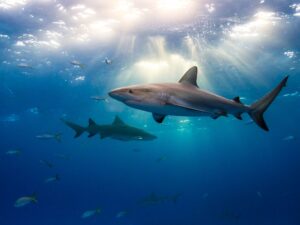
Sharks are vital to maintaining healthy marine ecosystems but are often misunderstood. Shark Awareness Day focuses on dispelling myths and emphasizing their ecological importance.
Activities for Schools:
- Organize a debate on the portrayal of sharks in media.
- Create educational posters highlighting their role as apex predators.
- Discuss shark conservation efforts, including those in Queensland’s waters and the high profile ‘Nets Out Now’ campaign.
Ocean Life Education Shark Resources
Coastcare Week – December 2025
Coastcare Week celebrates the efforts of volunteers working to protect Australia’s coastlines and marine environments.
Activities for Schools:
*Host a workshop on how students can contribute to local coastcare initiatives.
*Conduct a field trip to a coastal area to study its biodiversity.
*Celebrate volunteer efforts by inviting local Coastcare representatives to share their stories.
Bring Learning to Life with Live Marine Experiences
Take ocean-themed education to the next level with hands-on learning. Ocean Life Education offer live marine animal programs led by qualified educators. These interactive sessions allow students to experience marine life up close while learning about conservation in a fun and engaging way.
By participating in these key ocean events in 2025, schools can inspire students to become advocates for marine conservation. Through hands-on activities and meaningful discussions, we can ensure the next generation values the incredible biodiversity and life-supporting functions of our oceans. Let’s make 2025 a year of action and connection with the sea! 🌊
For more resources and event details, check out Ocean Life Education.
We hoped you enjoyed reading our School’s Guide to Key Ocean Events in 2025!
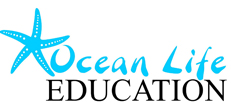


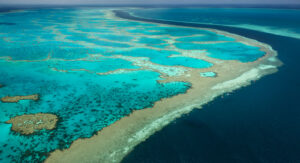
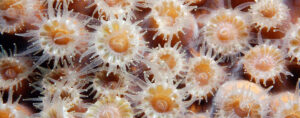
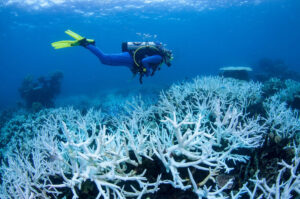


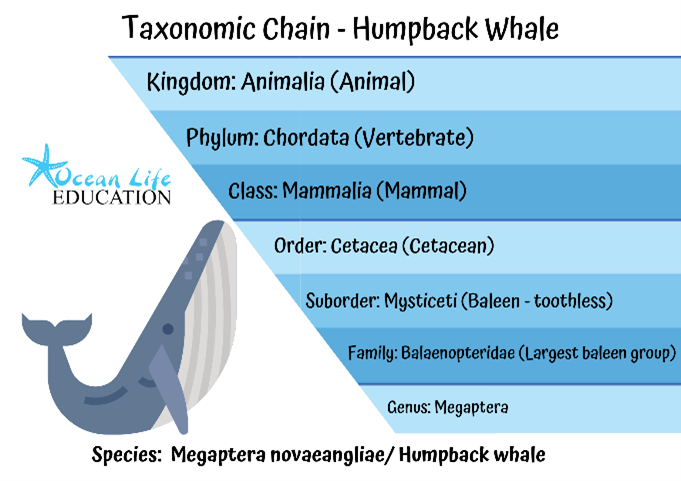

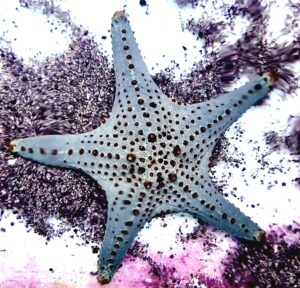 Echinoderms
Echinoderms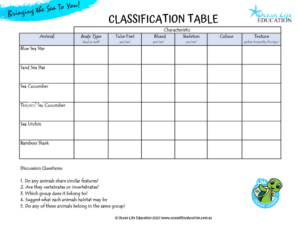
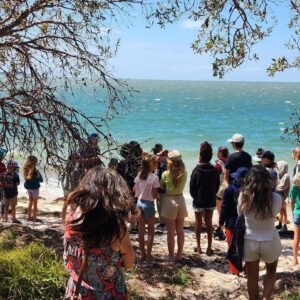 Incursions in Brisbane & Excursions to the Coast!
Incursions in Brisbane & Excursions to the Coast!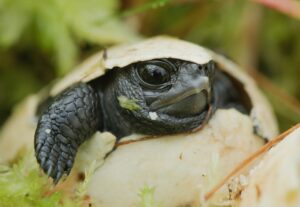
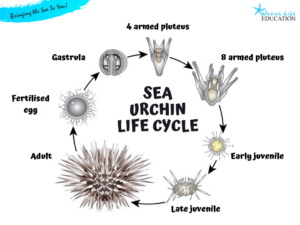
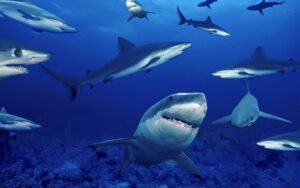 The Fascinating World of Shark Reproduction
The Fascinating World of Shark Reproduction